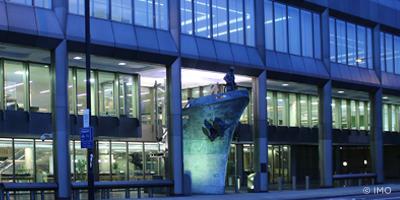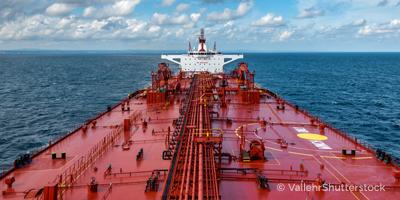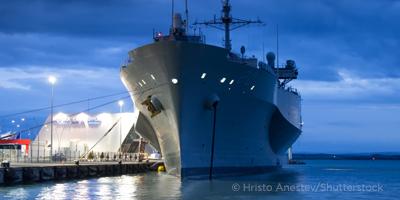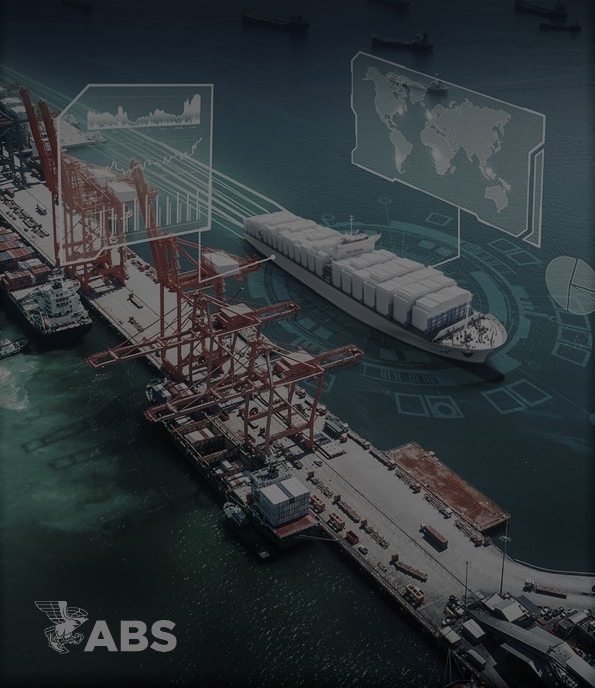As the potential for marine traffic in Polar regions increases, there is a clear need for modern and effective regulation. A significant step toward that goal was achieved on 15 May 2015 when the International Maritime Organization (IMO) formally adopted the remaining parts of the International Code for Ships Operating in Polar Waters – known colloquially as the “Polar Code.”
ABS directly participated in the development of the Polar Code at IMO via IACS and has developed the ABS Polar Code Advisory Note to provide an overview and introduction of the Polar Code to industry stakeholders.
The Polar Code is mandatory for all ships certificated under Chapter 1 of SOLAS, both new and existing, operating on international or domestic voyages within the IMO-defined boundaries of Arctic waters and the Antarctic area. Polar waters generally cover the areas north of 60°N or south of 60°S, although there are slight deviations for Arctic waters intended to include the entire southern exposure of Greenland while excluding Iceland and the Norwegian coastline. These geographical limits are a result of negotiations balancing vessel traffic, ice cover, safety considerations, and environmental ecosystems.
The adoption of the Polar Code is a move toward safer maritime operations in Polar regions. It is the first IMO document that – through reference to guidance being developed by the IMO – addresses the lack of uniformity in operating conditions and links the ice class of vessels to the actual ice conditions in Polar regions.
As with any new regulatory requirement, there are challenges. ABS is prepared to provide support, including coordinating with flag administrations to best understand and clarify any varying interpretations. This new Advisory is intended to provide stakeholders with knowledge and guidance as they prepare for the Polar Code’s 1 January 2017 entry into force date.


































